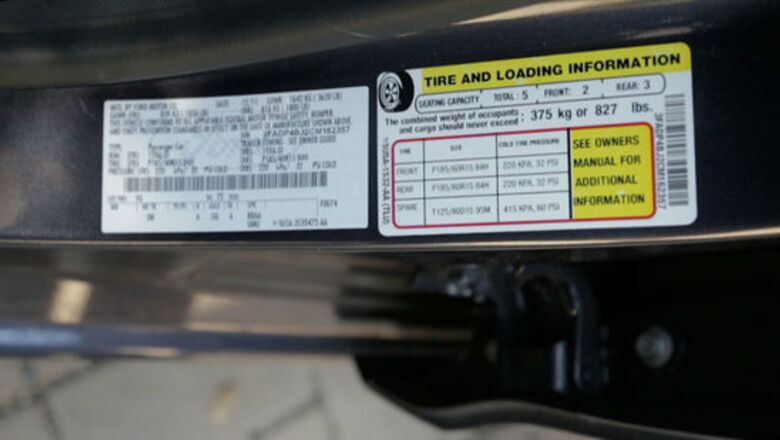
views
Checking Air Pressure in Tires
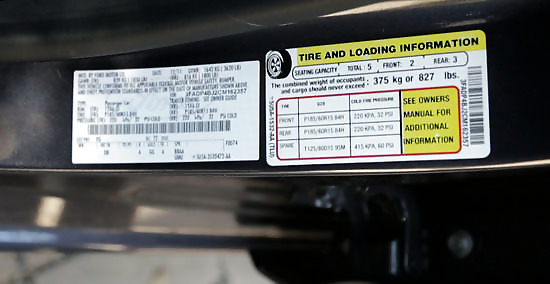
Look in the owners' manual or on the inside of the driver's side door for the standard cold tire inflation pressure. This number is the lowest PSI one would inflate the tires to and is suggested by the car's manufacturer. Read below for reasons inflation may be placed higher. For most sedans, minivans, and even mini pickups, manufacturers generally recommend a PSI (pounds per square inch) in the range of 27 to 32, but can reach all the way up to 40. For larger vehicles that need to carry a larger burden, such as trucks and SUVs, the PSI is generally 4 to 8 PSI greater than it would be in smaller cars, perhaps around 45. Also note that the front and back tires may need different pressures, according to the manufacturer.
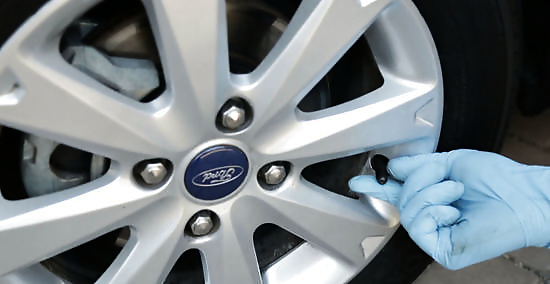
Unscrew the valve stem cap from the valve stem on the tire. The valve stem is a black or silver pencil-sized extension near the hubcap, about 1" (2-3 cm) long.

Press the air pressure gauge evenly onto the valve stem and record the reading given. If there is a hissing sound, the gauge is not tight or even enough for an accurate reading. The angle of the gauge may need to be adjusted. If you are using a digital model gauge, you may or may not need to press a button in order for the gauge to read the air pressure. If you are using a traditional gauge, the metered stick should give you a reading automatically.
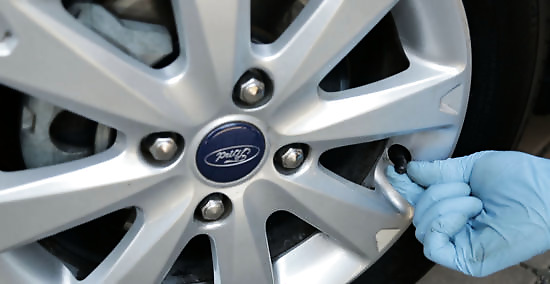
Replace valve stem cap. The cap does not hold air in, but it keeps dirt and moisture away from the valve mechanism in the valve stem, which does hold air in. Note that if the reading is the same as the manuals' specifications, you are done after checking all other tires for the same pressure. If inadequate pressure is in the tires then fill air in the tires. Make sure you put in the correct amount.
Performance Considerations
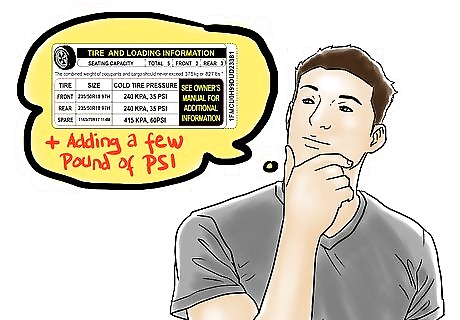
Know that the manufacturer's PSI recommendations don't translate into optimum tire performance. For all-around driving, the manufacturer's specifications are probably ideal, but adding a couple extra pounds of pressure into your tires may mean better fuel efficiency. Overall, adding a few pounds of PSI to your tires may make your ride a bit bumpier and less pleasant, so use with tact! An increase in PSI can also result in uneven tire wear, longer required braking distances, and reduced handling. Make sure you don't over-inflate your tires.
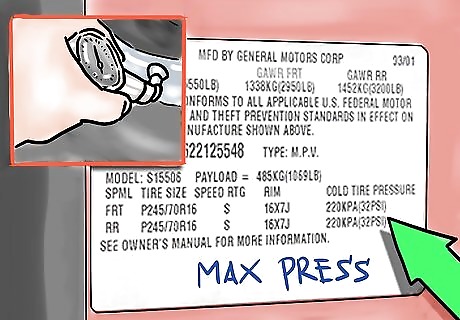
Understand the myth about the max press value in the owner's manual or driver's side door. One popular misconception is that the max pressure suggested by the manufacturer is all the pressure the tire can handle before it pops or malfunctions. In truth, the max pressure is the pressure at which the tires will carry the maximum amount of weight. As soon as you inflate the tires past the max pressure limit, be prepared for the possibility of malfunction. If your tires are bearing heavier air pressure, a pothole at high speeds could spell disaster.

Add a few extra pounds of pressure to the back tires if you're carrying extra cargo, carpooling, etc. If you happen to be carrying a heavier load in your car, especially if you are traveling for longer distances, don't be afraid to add a few pounds of PSI to your rear tires to offset the added weight. When the weight is unloaded, release the pressure from the rear tires back to its standard specifications.
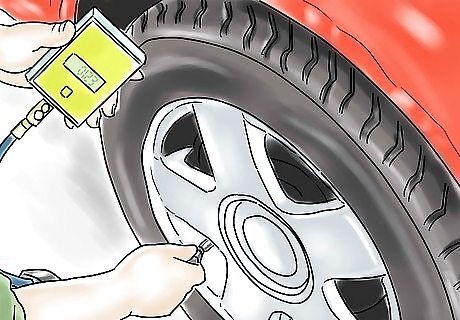
Check the air pressure of your tires as the seasons change. Cold weather will reduce the air pressure, while warm weather will increase the air pressure. It's therefore very important to check tire pressure when the seasons change.
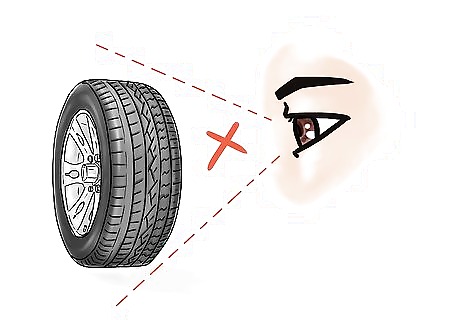
Never rely on the eyeball method to gauge air pressure in tires. Don't get lazy. It's very difficult to tell the difference between a tire with 10 PSI and 20 PSI. Plus, tires normally exhibit a bit of a bulge on the sidewall of radial tires. If you inflate the tires until the bulge is gone, you run the risk of seriously over-inflating your tires, past the point at which they get a performance boost.













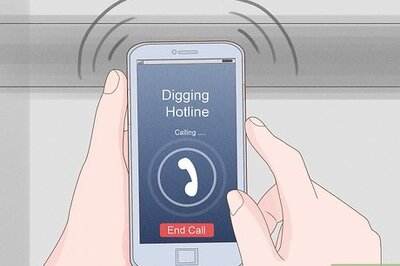



Comments
0 comment